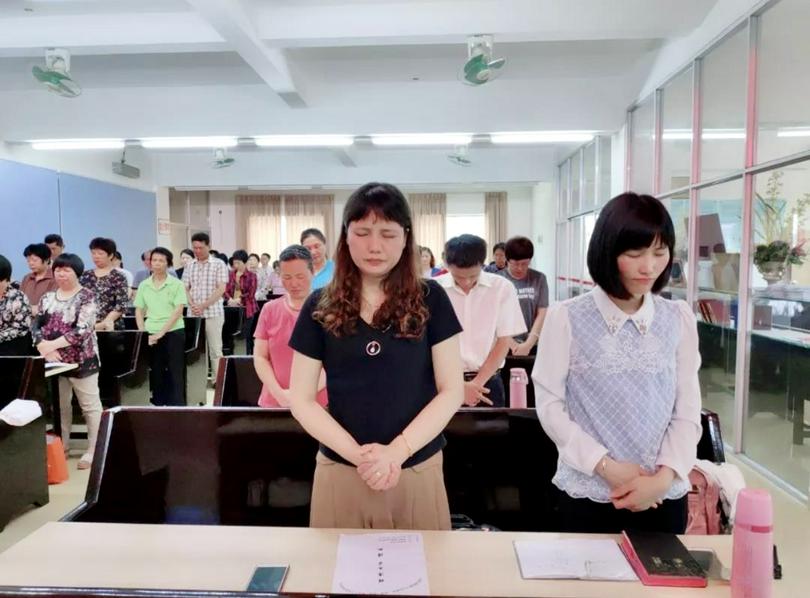"I used to have difficulty memorizing a verse in the past, but now I can memorize an entire chapter!" This effective method, which has garnered praise from believers, is referred to by the local church pastor as the "Scene Memorizing Technique".
Recently, I participated in a scripture memorization event. The first session began with a review of the scripture learned in the previous Bible study. A woman in her fifties, surnamed Li, took the initiative to stand up and respond; although there were some pauses and errors, she managed to recite it correctly. She was quite pleased, saying, "I am usually a very shy person and cannot even memorize a phone number, but now that I have learned this, I remember all of it".
The second session was titled "Scripture Analysis". The pastor first introduced the content of the activity to those participating for the first time: the four gospels collectively recorded Jesus performing 35 miracles, and Apostle John selected and recorded seven of them. This Bible memorization series and learning utilizes the scene memorizing technique to learn and memorize the accounts of these seven miracles. This time, we focused on John 4:46–54, where Jesus healed the official's son.
Next, around 50 participants among the congregation were paired in twos. The pastor in charge divided the passage into three segments, the first one providing background information about the main characters, time, and place; the second one involving dialogues between characters; and the third revealing the outcome. "Regardless of how it was divided, they were required to recite according to their designated segments."
Then, the participants were to ask questions about the scriptures, such as "Why does it say Jesus came 'again' to Cana of Galilee?" "Why is it described as 'going down' from Galilee to Capernaum to the official's house?" "What illness did the official's son have?" "The official asked Jesus to heal his son, but why did Jesus respond, 'Unless you see signs and wonders, you will not believe'?" "What is the difference between the two miracles Jesus performed in Cana?"
The pastor addressed each question one by one. His responses covered not only geographical locations like Galilee, Cana, and Capernaum, which are unfamiliar to most believers, but also explanations of the scriptures. For instance, in the Gospel of John, the term "miracle" is translated in English as "sign," indicating a symbol or sign, and the two miracles in Cana were two signs. The miracle at the wedding in Cana demonstrates Jesus' ability to transcend qualitative transformation, while the healing of the official's son displays Jesus' capacity to transcend time and space. All of these point to one message: Jesus is the Christ.
The activity then progressed to the third segment, where, in pairs of two, the students took turns attempting to recite the scriptures.
From there, we entered the final phase of the activity: reenacting the entire Bible story through a dramatic performance based on context. Based on the characters (Jesus, the official and his servant, and the narrator), groups of four were to participate in a "group acting competition."
In one performance by a group of young sisters, the narrator spoke with clear diction and vivid storytelling, like a professional presenter. Later inquiries revealed she had a major in broadcasting! In another group, the brother playing the role of Jesus turned and picked up a broomstick as if it were a staff, lifted his head high, chest out, and stroked his beard while speaking, to act like a teacher or old man. However, the pastor jokingly remarked that Jesus was only about thirty years old at the time, still a young man, far from this portrayal. In another group, the character "the official's son" was temporarily added. One brother played both parts, portraying both the official seeking assistance and the sick man writhing in bed before Jesus saved him. Towards the end of the scene, the official thanked Jesus, and when the narrator read, "He and his whole household believed," everyone instinctively responded, "Amen."
Finally, the pastor reminded the participants to recite it in the WeChat group during the week to remember it better.
This innovative form of teaching and learning helps believers master the Scriptures, which is the most fundamental and important spiritual food in our life of faith, thus making the church healthier and more powerful.
-Translated by Nonye Nancy












